Early December saw the long-awaited inaugural Altis Performance Therapy Program take place. Delivered primarily by our Medical Director Dr Gerry Ramogida, this Program has been almost 20 years in the making.
As defined by the founder of this concept – our Education Director – Dan Pfaff, Performance Therapy is “an integrated process, whereby medical expertise combines with athlete-coach feedback loops that entail visual, verbal, and tactile analysis on an ongoing, daily basis.” Performance Director Stuart McMillan continues: “It can be described as an attempt to normalize function by integrating therapeutic intervention into the athletes’ sporting movement … in order to maximize performance by affecting technical proficiency and mechanical efficiency through manual intervention.”
Performance Therapy is a concept borne out of Coach Pfaff’s desire to truly integrate the coach-athlete partnership with medical support-services; combined with his philosophy that this is best achieved when all have a 360 degree viewpoint on athlete performance. It is a collaborative effort designed to improve mechanical efficiency, improve performance, and decrease frequency of injury.
In 2010, Coach Pfaff and Dr Ramogida took this concept to the UK. As McMillan explained: “Performance Therapy was introduced to a system that relied primarily on a reactive approach to sports medicine, and was at the time being overrun by injuries … however, very quickly the more proactive Performance Therapy model proved to substantially decrease injury rates, and aid a highly successful Olympic Games medal count from Team GB in 2012.”
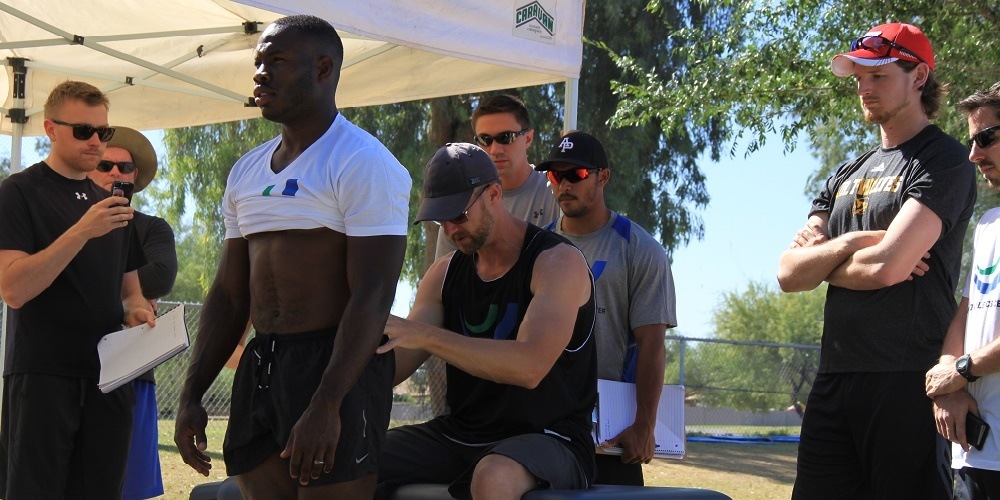
One of the things that stands out the most to visiting coaches at Altis is the importance placed upon Performance Therapy. Daily, we have at least three therapists set up at the side of the track, thus small issues are addressed before they become large problems. What can be perceived as technical issues can also be addressed by re-evaluating as mechanical deficiencies. The bottom line is very few injuries, higher quality practices, and improved performances.
“Daily, we have at least three therapists set up at the side of the track. Small issues are addressed before they become large problems.”
Our first Performance Therapy Program was a great success. We enjoyed the company of some excellent therapists from across North America – including Marcin Goszscynski from the Canadian Sports Institute in Calgary, Dr Jason Ross from Grand Rapids, Michigan, and Dr Chris Klachan from Toronto, Canada. However, it is important to highlight that this Program is not just for therapists; it is also a fundamental facet of Altis underlying principles that our therapists should be able to coach, and our coaches should be able to do therapy. In keeping with this theme, we also welcomed Strength Coaches Joel Jamieson from 8 Weeks Out in Seattle, and Lynwood Robinson from Los Angeles. As per usual, a few surprise visitors also dropped by – including author, coach, and therapist Kelly Starrett from Mobility WOD.
The Program was a blend of classroom lectures (3 from Dr Ramogida, 1 from Coach Pfaff, and 1 from Nick Winkelman), on-track practical (4 days of 3 hours per session), and informal roundtable discussion (3 days of 2 hours per session). There was also lots of informal out-of-training discussion between attendees, including the opportunity for further interaction away from the track as we hosted both a welcome dinner at local restaurant Salty Sow, and a night of comedy at The House of Comedy.
The feedback from our first Program was excellent: “What an amazing 4 days! I learned a ton of new information – both book and practical – that will help me in my private practice” said Dr Patrick Doyle. Chiropractor at Hill Country Spine & Sport “…I really enjoyed interacting with so many unique practitioners, each with a differing approach to the same goal.”
However, in keeping with our ‘never settle’ attitude, we fully expect the Program to improve each and every time out, and are excited to announce the Schedule for the first few months of 2015.
March 12 – 15
April 9 – 12
If you are interested in attending one of these truly one-of-a-kind educational experiences, please add your name to the drop-down box on this page, and we will be in touch shortly with further information. Remember, places are limited!
As always, if you were not able to make it down to AZ, we continue do our best to pass along what’s going on from our Twitter feed … here are the highlights:
Thursday December 4th
Why worry about mechanics? In high level sports – proper mechanics separate gold and silver @DrGerryRamogida
The rules have changed – anatomy is not as simple as we once thought @DrGerryRamogida
The body is connected throughout – our understanding of fascia has re-routed therapeutic approaches @DrGerryRamogida
Early plantar-flexion = increased braking @DrGerryRamogida
Dorsiflexion has its own slide – important?? YES says @DrGerryRamogida
Micro-movement dictates macro-movement. Symmetry of movement is paramount @DrGerryRamogida
@DrGerryRamogida – limited internal rotation at the hip is often a function of posterior structure tension
Make sure your “functional training” is truly functional- does it involve multiple joints? Full ROM @PfaffSC
There is a bandwidth to acceptable mechanics – we must always consider event specificity & developmental level @PfaffSC

Dan Pfaff
I work towards mechanical symmetry- understanding that functional asymmetry happens per sport/event @DrGerryRamogida
Symptoms of the neck tends to mirror the pelvis – and vice versa @DrGerryRamogida
Fascial routines performed daily also serve as solutions in competitive situation – no magic pill @DrGerryRamogida
We are still in observational stage with regard to ELDOA and performance with positive anecdotal feedback @PfaffSC
If the fascia is not fluid – the athlete moves toward poor systemic muscle/tendons/organ health @DrGerryRamogida
Some of the best distance runners have significant asymmetry – where is the tipping point for performance? @PfaffSC
Coaches and therapists seem to be on a path to make linear equations in sport – when the body is wholly dynamic @PfaffSC
“Who’s your gatekeeper?” – most important question in regards to data collection @PfaffSC

Stuart McMillan
“Beware of chasing symmetry in the weight-room … FV curve so different from sport. What is the reason for your weight-training?” @PfaffSC
We don’t share a ton of data with athletes- we want them to be process driven rather than results driven @PfaffSC
The more an athlete is outcome driven- the more they tend to fold under pressure – the de-briefs don’t lie @PfaffSC
Athletes need to understand that performance is execution driven – not super-human-effort driven @CoachSanAndreas
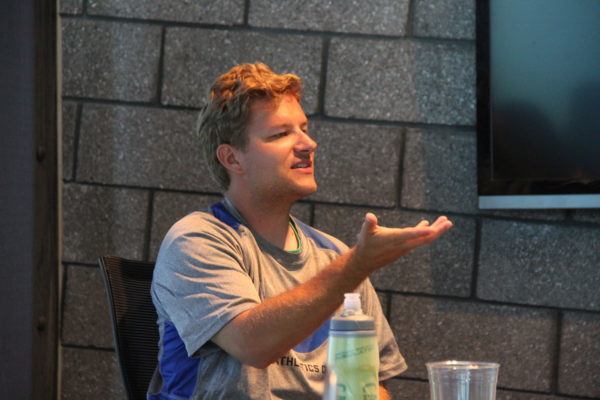
Andreas Behm
Coaches should have a clear understanding of the line btw normal and dysfunctional movement @mobilitywod
Altis & @mobilitywod similarities: – No correctives – Integration of roles – Exercise is assessment – Athlete responsibility
The warm up is a massive opportunity for observation and teaching – get creative and make it individual @mobilitywod
“The warm up is a massive opportunity for observation and teaching – get creative and make it individual @mobilitywod”
Kelly Starrett
The more elite the athlete – the better they learn to compensate @StuartMcMillan1
The young coach need basic biomechanics models for said limb, movement, body system- to be effective @PfaffSC
Friday December 5th
Early start this morning – day 2 of our inaugural Performance Therapy Program with @DrGerryRamogida
Manual therapy improves proprioceptive awareness, thereby affecting performance @DrGerryRamogida
As velocity increase, foot-strike position moves towards the forefoot @DrGerryRamogida
Observe training from different angles … 360 degree views necessary for complete picture @DrGerryRamogida
Different drill progressions give you different screening information. Sport warm-up = daily movement screen @DrGerryRamogida
Look for micro and macro aberration through drill progressions @DrGerryRamogida
One of biggest influences in healing is mechanotransduction – appropriate tissue load helps to guide collagen repair @DrGerryRamogida
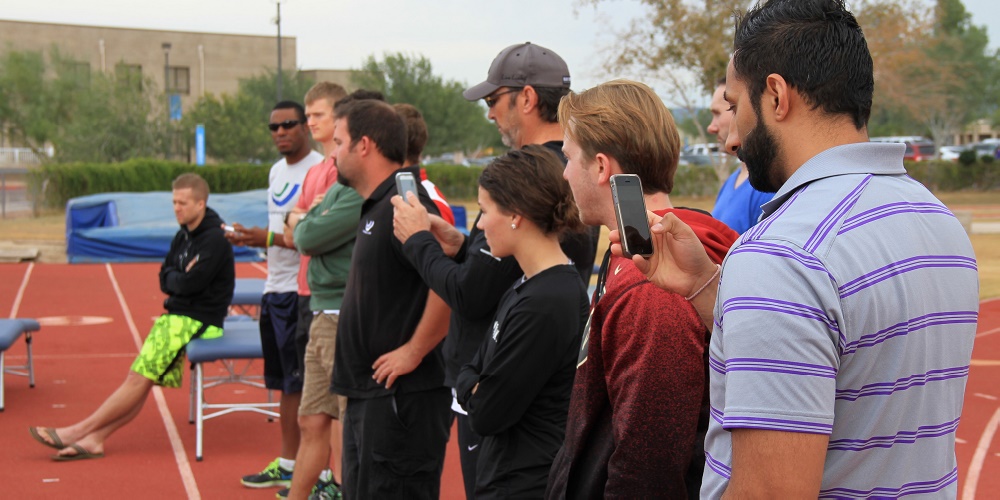
Dr Gerry Ramogida
Dorsiflexion stimulates triple-flexion reflex @DrGerryRamogida
Micro-movement dictates macro-movement … multitude of bones-joints in foot affect whole-body movement
Understand your anatomy – micro movement of the knee affects optimization above and below @DrGerryRamogida
Loss of micro-movement huge affect on gross mechanics @DrGerryRamogida
Don’t underestimate importance of gluteal fascia in hip flexion ability @DrGerryRamogida
Anterior hip pain often a consequence of posterior issues @DrGerryRamogida
5 heads of multifidi – each can affect rotation @DrGerryRamogida
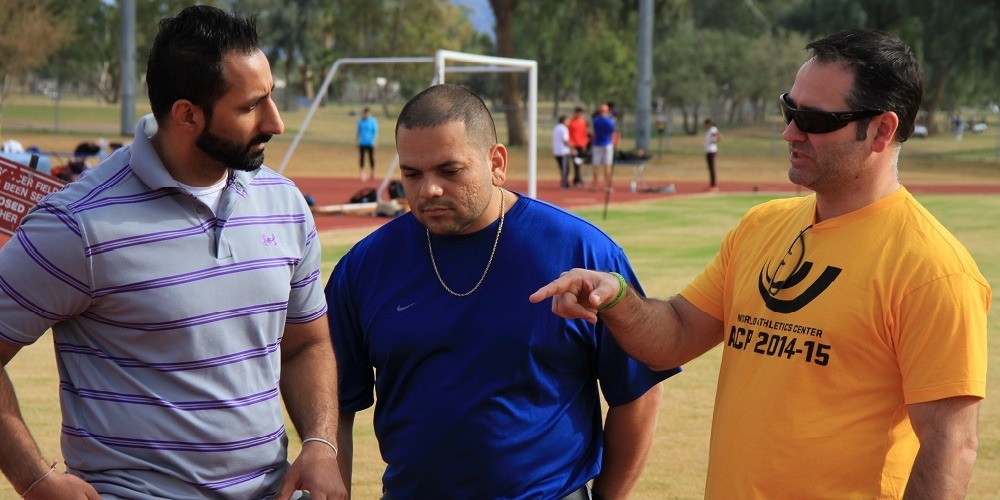
Dr Gerry Ramogida
Is being motivated (externally) the same as BEING motivated (internal) @NickWinkelman
How sustainable are your methods of motivation? How does you motivation ‘stick’ with the athlete @NickWinkelman
There is something you can FEEL about an environment that is saturated with motivation @NickWinkelman
Coaches must create an ENVIRONMENT that allows people to find THEIR motivation – @NickWinkelman
Providing autonomy is a critical step to competency – a lynchpin of human motivation @NickWinkelman
Relatedness (positive peer feedback) confirms confidence and strengthens autonomy @NickWinkelman
External motivation is not wrong- simply unsustainable. How many 3.2yr Pro Sport careers based on $? @NickWinkelman
Pure intrinsic motivation (love of sport) is tied with high autonomy and some external motivation @NickWinkelman
Autonomy leads to confident competence through self-regulation @NickWinkelman
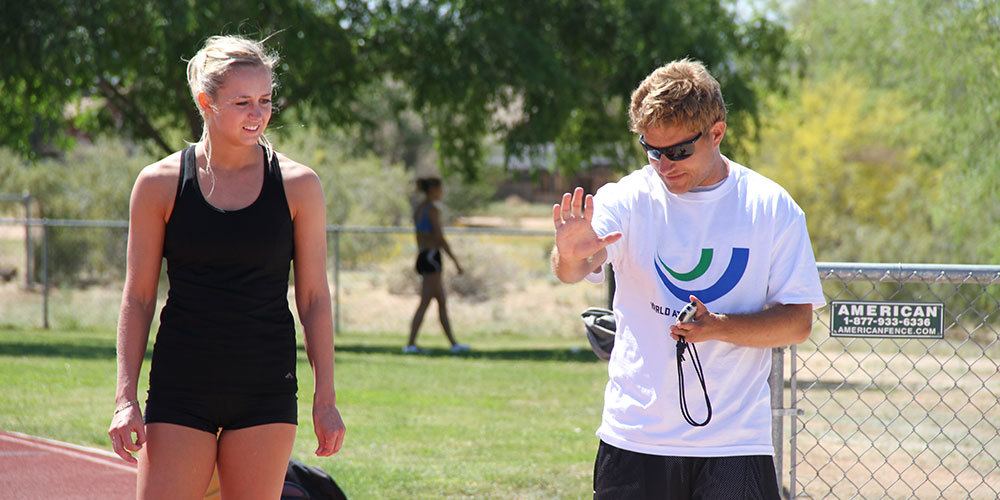
Nick Winkelman
Confirming competence is critical – provide more positive feedback on good reps than negative on bad @NickWinkelman
Motor learning and motivation – two sides of the same coin @NickWinkelman
Provide choice as much as possible to respect and improve autonomy- confidence and motivation will improve as result @NickWinkelman
Rationale when choice is NOT an option is CRITICAL- athlete must understand reason for specific decision @NickWinkelman
Use positive- forward language instead of negative or controlling language to improve confidence and competence @NickWinkelman
When not giving a choice provide a rationale for programming elements to respect athlete autonomy @NickWinkelman
Task difficulty must increase as skill increases to move the performance needle @NickWinkelman
Find the sweet spot 50-80% success purposeful struggle engages the athlete while preserving their sense of competence @NickWinkelman

Nick Winkelman
Provide the platform to be heard- this provides opportunities for everyone to be heard @NickWinkelman
Important for us to educate athletes on being discriminating consumers of information @PfaffSC
I find that if I am talking a lot – I am seeing less @PfaffSC
We give our senior athletes significant autonomy- no one can write a better program than the athlete @PfaffSC
Be careful how much emphasis you place on drill perfection- doesn’t always translate to performance @PfaffSC
Get to know your athletes – informs coaching to know how they handle stress, success, etc @PfaffSC
“Placebo does not earn a bad label in my book – if it works, it’s good”
Dan Pfaff
Kinesio-tape can be potentially be used simply for proprioception – do not rely on it much @DrGerryRamogida
Cue athletes how they learn best – do they prefer ground mechanics or flight mechanics? @StuartMcMillan1
Novice athletes tend to focus internally – expert athletes focus external @NickWinkelman
Difference between novice and expert is context – experts have context to reference external cues better @NickWinkelman
Use descriptive analogy or external features to keep focus external and make desirable change @NickWinkelman
Motor learning – as deep a science as biomechanics. Most of us have a 1″ deep understanding @NickWinkelman
Saturday Dec 6
Joint stiffness is not simple – a symphony of interrelated function up/downstream @PfaffSC
People have gone mad chasing joint stiffness- often at expense of joint/ligament health @PfaffSC
Is there a technical model? What is the range of acceptable movement variability? @PfaffSC
Bolt one of the few whose heel does NOT touch ground in upright sprinting- joint dynamics… @PfaffSC
If knee joint is moving through extension – arm mechanics should mirror to create harmony/efficiency @PfaffSC
We don’t see 100m final with athletes elbows locked at 90 – as many athletes are unfortunately taught @PfaffSC
“We don’t see 100m final with athletes elbows locked at 90 – as many athletes are unfortunately taught”
Dan Pfaff
If you don’t displace – you run in place – pay attention to femur angles @PfaffSC
Style v proper mechanics- look for common denominators – bio motor abilities influence individual mechanics @PfaffSC
IMPORTANT: Sprint Mechanics are not about landmarks – it’s about causality @PfaffSC
Multiple viewing angles – can you appropriately observe ankle/hip mechanics from the side? @PfaffSC
Film speed – what do you see at various speeds, angles, shot types. Purposeful viewing is MUST @PfaffSC
Be aware of stride rate traps – super fast turnover does not = speed @PfaffSC
Efficient sprint mechanics foundational to all power-speed sports @PfaffSC
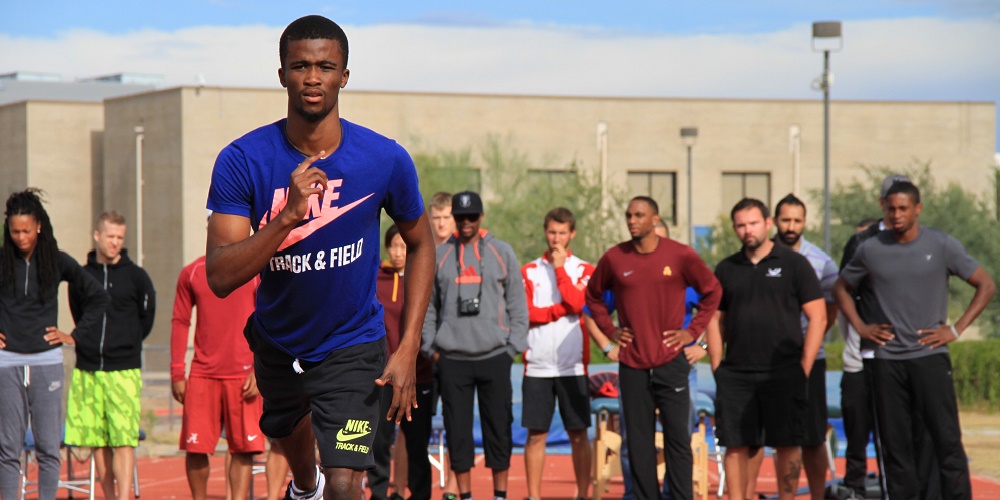
Dan Pfaff
Negative transference – who has coached a gymnast as a pole vaulter… Changing mechanics easy? @PfaffSC
How many 300’s do you need as a high jumper? Is training compatible and complimentary? @PfaffSC
The purpose of ELDOA is to create space between specific joints @DrGerryRamogida
Lateral movement – both anterior chain and posterior chain is telling of hip function @DrGerryRamogida
Specific warm up drills require specific observational focus – butt kicks w/ upright posture @DrGerryRamogida
Purposeful and mindful observation is always a priority- can only be hardened with practice and experience
One function of ankle stiffness in rudimentary hopping is to limit the pendulum/rotation of upper body @PfaffSC
If there is a hard landing when hopping – quad/hamstring function may be off- or mechanics are misunderstood @PfaffSC
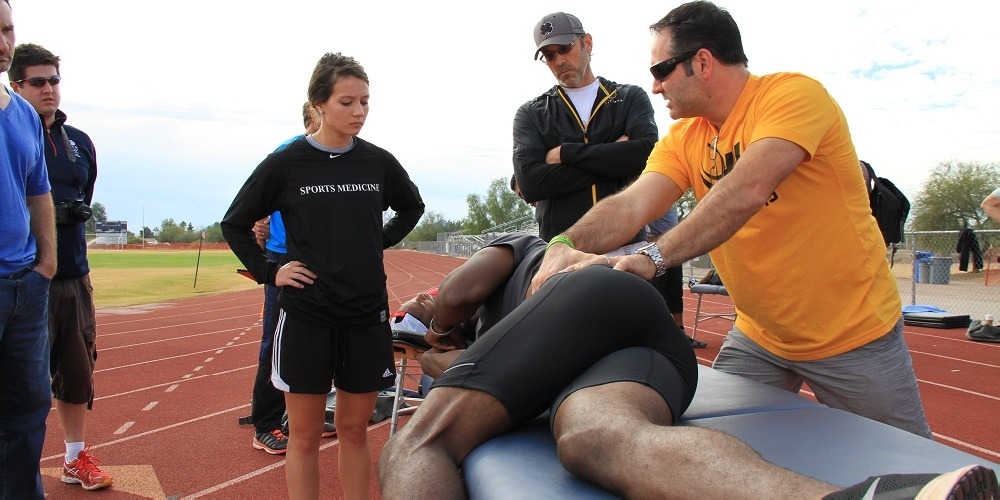
Experience of self-directed floppy-fixed cadaver dissection gave insight to agonist-antagonist relationship – Marcin
@StuartMcMillan1 How can we improve diagnosis and understanding around tissue quality? Genetics? Hydration? Emotional state?
As with movement bandwidth – there are genetic and environmentally influenced bandwidths for tissue quality @PfaffSC
Take into consideration emotional and energy factors when treating patients – blocked patients are like bricks – Marcin
Be careful not to take the tone out of your athletes – don’t want a great moving slow athlete @DrGerryRamogida
All of your athletes have a life – be adaptable to THEIR needs and circumstances – it’s about THEM not you – Marcin
@altisworld @EmR0b best part of this environment: learning from the collective experience of everyone. Everyone has unique perspective
MMA coaches account for significant adaptability – every fight is VERY different – specific work capacities are crucial
Fighters who want to develop explosive punches must spend time punching explosively @JoelJamieson
Skill development can be time dependent – use competitions to determine how to adjust and move forward @JoelJamieson
Important to look at historical data to develop a profile of the most successful athletes @JoelJamieson
Lesson from Ranger school – the ability to regulate arousal is a significant predictor of success – same in fighting/sport @JoelJamieson

Dr Gerry Ramogida
@altisworld @EmR0b “It is amazing what you can accomplish if you do not care who gets the credit” We are all here to learn and share.
Research shows significant reductions in cortisol levels from being on grass or earthing @DrGerryRamogida
Absolute worst days to compete after jet lag is 3 or 5 days out @PfaffSC
Sunday December 7th
Tension ultimately influences genetic expression. @DrGerryRamogida
Postural dysfunction has impact on tissue quality and even disease @DrGerryRamogida
Muscle and tendon are interconnected throughout @DrGerryRamogida
More to ‘weakness’ than lack of CSA. Symphony of activity dependent upon healthy & mobile tissue @DrGerryRamogida
Consistency in training key to major comp performance. Reduce training gaps @DrGerryRamogida

Dr Gerry Ramogida
Pre/post ELDOA shows significant normalization of T8/9 function in running @DrGerryRamogida
As well as muscle-tendon-ligament function – the role of joint hydraulics cannot be understated @PfaffSC
Movement is life- this movement influences tissue and emotional health @DrGerryRamogida
Best piece of advice I was ever given “The harder you press, the less you feel” – Marcin
Too often the athlete is blamed – if therapy is not working, it’s not THEIR fault- @DrGerryRamogida
@altisworld mantra: ‘what else – where else?’ @PfaffSC @DrGerryRamogida
